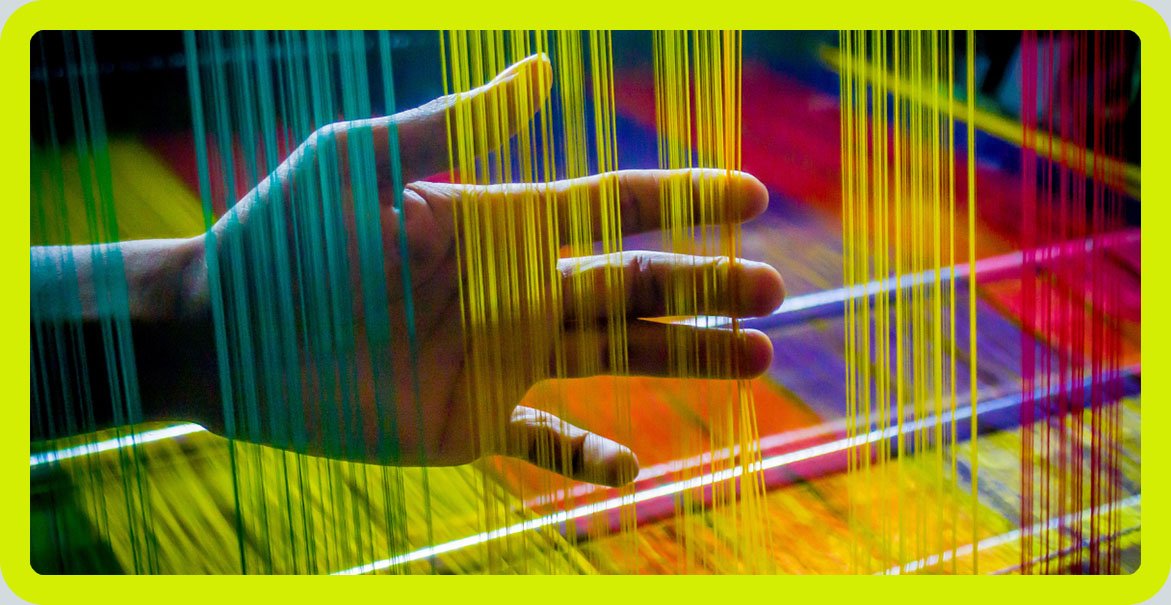Table of Contents
Today, we’re going to take a deep dive into the fascinating world of ancient tartan weaves. From its rich historical roots to its enduring cultural significance, tartan has captivated people for centuries. Whether you’re curious about the origins of the Kilt, the intricacies of Celtic dress, or the symbolism behind different tartan patterns, this article aims to demystify the complex history of ancient tartan weaves and shed light on a beloved fabric that has stood the test of time.
So grab a seat, get comfortable, and let’s unravel the secrets of this iconic textile together.
Origins of Tartan Weaves
Earliest archaeological evidence of tartan
Tartan weaves have a rich and complex history that dates back thousands of years. The earliest archaeological evidence of tartan can be traced to the Bronze Age in Europe. Fragments of tartan cloth have been discovered in various archaeological sites across the continent, providing a glimpse into the ancient origins of this iconic fabric.
Tartan in Celtic societies
Tartan holds a special place in Celtic societies, where it was not only a practical textile but also played a significant role in their cultural and social identity. The Celts were known for their vibrant and intricate tartan patterns, with each tribe having its unique and distinguishable designs.
Tartan and the Picts
The Picts, an ancient Celtic people who inhabited Scotland, were renowned for their intricate and distinctive tartan weaves. The Picts used tartan as a way to express their social status and clan affiliations. The intricate designs and specific color combinations of their tartan weaves reflected their importance and position within their society.
Significance of Patterns and Colors
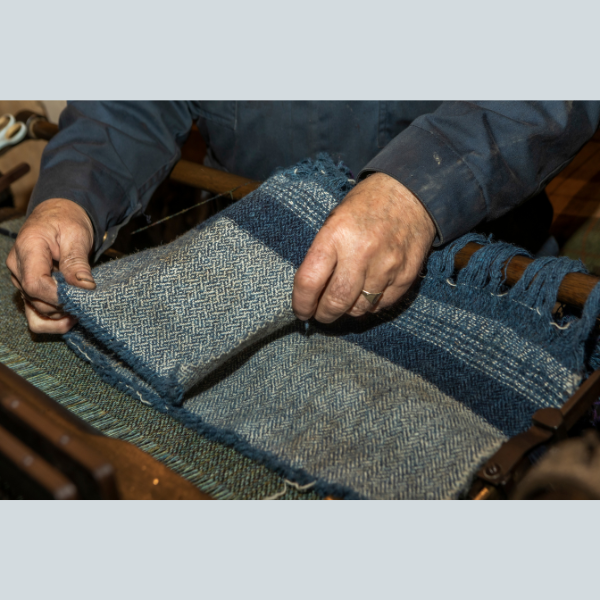
Symbolic meanings behind specific patterns
Each pattern in tartan holds its symbolic meaning, often representing different aspects of Celtic culture and mythology. For example, the “Gaelic Cross” pattern symbolizes the intertwining of religion and heritage, while the “Hunting Stewart” pattern signifies the close connection between man and nature.
Role of natural dyes in color creation
The vibrant colors of tartan are derived from natural dyes extracted from various plants, berries, and minerals. These natural dyes not only added beauty to the fabric but also held symbolic significance. Red, for instance, symbolized bravery and courage, while blue represented wisdom and loyalty.
Variations across different Celtic tribes
While tartan weaves were prevalent in Celtic societies, each tribe had its distinct variations and styles. The patterns and colors of tartan could vary significantly from one tribe to another, serving as a visual representation of their unique cultural heritage and ancestry.
Making Process of Tartan Weaves
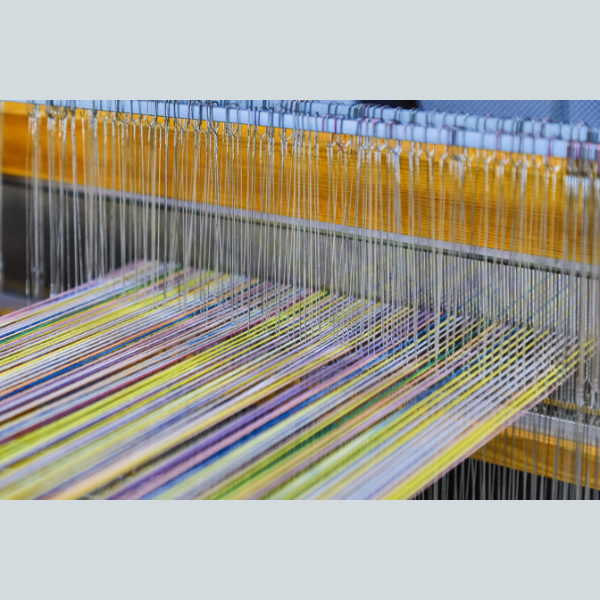
Traditional weaving techniques
The making of tartan weaves involved intricate weaving techniques that have been passed down through generations. Skilled weavers would intertwine different colored threads in a specific order to create the desired pattern. These traditional weaving techniques required precision and expertise to achieve the intricate and complex designs that tartan is known for.
Role of the loom in tartan creation
The loom played a crucial role in the creation of tartan. It provided the framework and support for the weaver to interlace the threads and create the desired pattern. The loom also allowed for the efficient and systematic weaving of tartan, ensuring that each thread was placed in the correct position to form the intricate design.
Evolution of weaving techniques over time
Over time, the weaving techniques for tartan evolved, incorporating new technologies and innovations. The introduction of mechanized looms revolutionized tartan production, making it more accessible and affordable. However, even with modern advancements in weaving technology, traditional hand-weaving techniques are still cherished and practiced by skilled artisans.
Tartan in the Medieval Period
Tartan in medieval Highland society
During the medieval period, tartan held great significance in Highland society. It became a crucial part of the identity and culture of clans, with each clan having its distinctive tartan pattern. Tartan was not only worn as clothing but also used as a symbol of allegiance, with different tartans representing specific clans and their respective loyalties.
Medieval documentation of tartan
Although tartan was widely worn and recognized in medieval Highland society, it was not until the 16th and 17th centuries that written documentation began to record specific tartan designs. In the Acts of the Scottish Parliament, mention is made of “breacan feile” or the “belted plaid,” which refers to a specific form of tartan garment worn by Highlanders.
Tartan and the clannish system
The clannish system, prevalent in medieval Highland society, played a significant role in the adoption and promotion of tartan. The clannish system emphasized kinship and loyalty to one’s clan, and tartan became a visual representation of these bonds. Wearing the tartan of one’s clan was not only an expression of pride but also a way to signal allegiance to the clan and its chief.
Tartans and Scottish Rebellion
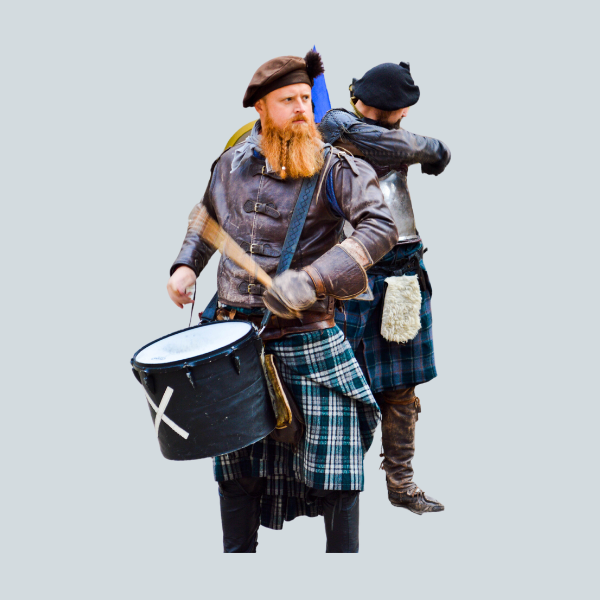
Tartan as a symbol of rebellion
Tartan became intertwined with rebellions and uprisings in Scottish history. During times of political unrest, tartan was used as a symbol of resistance and defiance against external forces. Wearing tartan became a statement of national pride and a visual representation of the Scottish people’s determination to protect their culture and way of life.
The Jacobite risings and tartan
The Jacobite risings of the 18th century saw a significant resurgence in the use of tartan as a symbol of Scottish identity and resistance. The Jacobites, supporters of the exiled Stuart dynasty, used tartan as a rallying point, with different tartan patterns signifying allegiance to the cause. Tartan became a powerful symbol during this tumultuous period and played a role in fostering a sense of unity among Jacobite supporters.
Proscription Act of 1746
The Proscription Act of 1746, following the Jacobite defeat at the Battle of Culloden, sought to suppress Highland culture and tartan itself. The wearing of tartan was prohibited, and this act aimed to weaken Scottish identity and dismantle traditional clan structures. This period marked a significant decline and suppression of tartan, leading to the loss of many original patterns and designs.
Impact and Influence of Proscription Act
Impact on traditional tartan weaving
The Proscription Act had a profound impact on traditional tartan weaving and production. The ban on wearing tartan resulted in a decline in demand for tartan fabric, leading to the closure of many traditional weaving businesses. Skilled weavers faced hardship as their livelihoods were threatened, and the ancient craft of tartan weaving was at risk of being lost forever.
Obscuring and loss of original patterns
The Proscription Act not only had a direct impact on tartan production but also led to the obscuring and loss of many original tartan patterns. The ban prevented clans from openly displaying their ancestral designs, resulting in a loss of knowledge and understanding of these unique patterns. Many ancient tartan designs were forgotten or altered over time as a direct result of this suppression.
Influence on contemporary perceptions of tartan
The Proscription Act had a lasting influence on the way tartan is perceived today. The act created a sense of mystery and intrigue surrounding tartan, as many original patterns were lost and obscured. Tartan became associated with notions of rebellion and cultural resilience, contributing to its enduring appeal and iconic status as a symbol of Scottish heritage.
Re-emergence and Transformation in the Victorian Era
Tartan and the romantic movement
The Victorian era witnessed a resurgence in the popularity of tartan, thanks in part to the romantic movement. The romanticization of Scottish culture and history, fueled by the poetry of Sir Walter Scott and the enthusiasm of Queen Victoria, brought tartan back into the spotlight. Tartan became a fashionable and desirable fabric, increasingly associated with the Scottish identity and the nostalgic allure of the Highlands.
Invention of clan-specific tartans
In the Victorian era, clan-specific tartans saw a surge in popularity. Tartan designs were assigned to specific clans, creating a sense of connection and exclusivity. This invention of clan-specific tartans contributed to the commercialization of tartan, with various variations and adaptations of traditional designs being created to cater to the increasing demand.
Role of Queen Victoria and Sir Walter Scott
Queen Victoria’s fondness for Scotland and her adoption of tartan greatly influenced its resurgence and popularity. Her extensive use of tartan in her royal wardrobe helped elevate tartan’s status and solidify its association with Scottish identity. Similarly, the writings of Sir Walter Scott romanticized Scottish culture and played a pivotal role in promoting the revival of tartan.
Modern Day Resurgence of Tartan
Tartan in contemporary fashion
Tartan continues to be a significant presence in contemporary fashion. Designers and fashion houses often incorporate tartan into their collections, adding a touch of Scottish heritage and sophistication to their designs. Tartan has become a versatile fabric, used not only in traditional Kilts and clothing but also in accessories and home décor, appealing to a wide range of tastes and styles.
International Tartan Day
International Tartan Day, celebrated on April 6th, is a global recognition of Scottish heritage and tartan. This annual event honors the contributions and influence of Scottish culture worldwide and serves as a reminder of the enduring legacy of tartan. International Tartan Day brings together people from various backgrounds to celebrate and appreciate the beauty and significance of tartan.
Modern tartan production methods
Today, tartan production has evolved to incorporate modern technologies and techniques. While traditional hand-weaving methods are still practiced by skilled artisans, mechanized looms and computer-aided design have made tartan production more efficient and accessible. These advancements have allowed for greater creativity and variety in tartan designs while preserving the authenticity and heritage of this iconic fabric.
Tartan Weaves Around the World
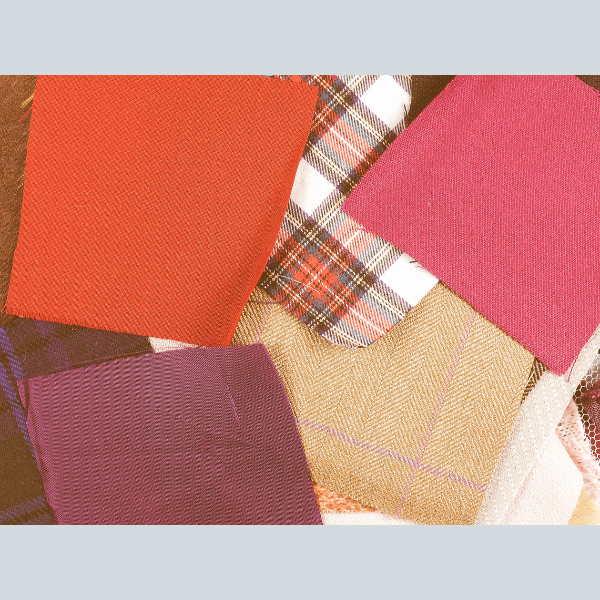
Adoption and adaptation in other cultures
Tartan weaves and their distinctive patterns have transcended Scottish borders and have been adopted and adapted by various cultures worldwide. Many countries and communities have embraced tartan, incorporating their own traditional designs and colors. This global adoption of tartan demonstrates its enduring appeal and its ability to connect people across different cultures and traditions.
Tartan in North America
Tartan has a strong presence in North America, particularly in areas with significant Scottish heritage. Scottish immigrants brought their tartan traditions to the New World, and today, tartan is still proudly worn and celebrated by Scottish-American and Scottish-Canadian communities. Tartan plays a vital role in connecting these communities to their Scottish roots and preserving their cultural identity.
Spread and influence of tartan worldwide
Tartan’s influence can be seen worldwide, with its distinctive patterns and colors being recognized and appreciated by people from various backgrounds. From high-end fashion to casual attire, tartan has become a global fashion statement that represents a sense of heritage and tradition. Its influence has permeated popular culture, inspiring designs in music, film, and literature, further cementing tartan’s status as a symbol of cultural identity and timeless style.
Preservation and Recognition of Tartan Weaving
Role of the Scottish Register of Tartans
The Scottish Register of Tartans plays a crucial role in the preservation, recognition, and documentation of tartans. Established in 2008, the register serves as an official record of tartan designs, ensuring their authenticity and integrity. It provides a platform for tartan weavers and designers to register their creations, preserving the ancient craft and ensuring its continued recognition and appreciation.
Continued significance in Scottish cultural identity
Tartan remains a significant part of Scottish cultural identity, symbolizing the rich history and heritage of the Scottish people. Whether it is worn in traditional ceremonies or adopted in contemporary fashion, tartan serves as a visual representation of Scottish pride and cultural distinctiveness. It is a fabric that connects generations and fosters a sense of belonging and shared identity among Scots and those with Scottish heritage.
Efforts in preserving ancient weaving techniques
In recognition of the importance of preserving ancient weaving techniques, various organizations and initiatives have been established to promote and support the craft of tartan weaving. These efforts aim to ensure that traditional methods and skills are passed down to future generations, maintaining the authenticity and quality of tartan production. By safeguarding these ancient weaving techniques, the legacy of tartan weaves can continue to thrive for years to come.
In conclusion, tartan weaves have a fascinating history that spans centuries and crosses borders. From its origins in ancient Celtic societies to its re-emergence and transformation in the Victorian era, tartan holds immense cultural and symbolic significance. Despite periods of suppression and loss, tartan has endured, evolving with the times and remaining a timeless symbol of Scottish pride and heritage. Today, tartan can be found not only in traditional Scottish attire but also in contemporary fashion and global cultural celebrations, showcasing its universal appeal and enduring influence.

